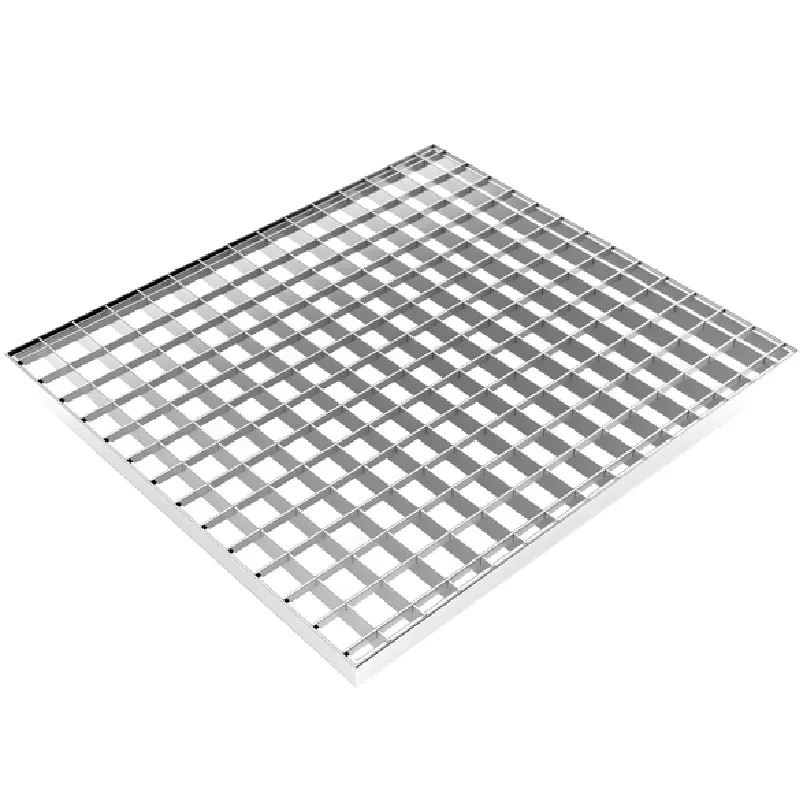- Industrial zone, South of Anping Town, Hengshui, Hebei, China.
- sales@hfpetromesh.com
- +86-18931809706
concrete weight coating
Understanding Concrete Weight Coating Applications, Benefits, and Considerations
Concrete weight coating (CWC) is a specialized process often utilized in the oil and gas industry, particularly for underwater pipelines. This method involves applying a layer of concrete to the surface of pipes to provide additional weight and protection during installation and operation. By examining the application, benefits, and considerations associated with concrete weight coating, we can better understand its significance in modern engineering practices.
Applications of Concrete Weight Coating
The primary application of concrete weight coating is in underwater pipelines that transport oil, gas, or other fluids. These pipelines must withstand significant external pressures and various environmental conditions, including extreme temperatures and corrosive seawater. The added weight from the concrete layer helps to ensure that the pipelines remain submerged and minimize the risk of floating or being displaced by underwater currents.
Moreover, CWC protects the underlying steel pipe from mechanical damage and environmental wear. This is particularly vital in offshore projects where the logistics and risks associated with cable or pipe repair can be costly and time-consuming. The concrete layer serves as an additional defense against impacts from marine life, fishing activities, and underwater construction, which are common in oceanic environments.
In addition to underwater pipelines, concrete weight coating may also be employed in other applications, such as supporting cable systems in underwater electrical grids. The CWC technique can help secure cables against movement caused by wave action, ensuring the integrity of essential services and infrastructure.
Benefits of Concrete Weight Coating
There are several significant benefits associated with the use of concrete weight coating in pipeline and cable protection
1. Enhanced Stability The primary benefit of CWC is the additional weight it provides to pipelines. It helps to prevent buoyancy issues and ensures that pipes remain submerged, even in strong currents or turbulent waters.
2. Corrosion Resistance The concrete layer acts as a barrier to environmental factors that can lead to corrosion of the pipe material. This is especially important in marine environments where saltwater and biological growth can accelerate wear and damage.
3. Protection from Mechanical Damage CWC provides an extra layer of physical protection against external forces. This is crucial during installation and throughout the life of the pipeline, as accidental impacts from anchors, fishing equipment, and other underwater activities can jeopardize the integrity of the pipes.
concrete weight coating

4. Durable and Long-lasting Concrete is a highly durable material, which translates into a long service life for the coated pipes. CWC can significantly extend the operational lifespan of underwater pipelines, reducing the need for frequent inspections and repairs.
5. Lower Installation Costs While the initial costs for CWC may be higher than uncoated pipes, the long-term savings in maintenance, repair, and potential replacement costs can make it a cost-effective solution in the long run.
Considerations in Concrete Weight Coating
Despite its many benefits, there are also several considerations when implementing concrete weight coating
1. Weight Management The application of concrete adds significant weight to the pipeline. Engineers must carefully calculate the overall weight to ensure that it does not exceed the vessel's capacity during transportation and installation.
2. Application Process The CWC process involves sophisticated procedures to ensure that the concrete adheres properly to the pipe and that the final composition meets the necessary specifications for strength and durability. This can necessitate specialized equipment and skilled labor.
3. Environmental Impact The production and application of concrete can have environmental implications. Industry stakeholders must consider the sourcing of materials and the carbon footprint associated with concrete production and transportation.
4. Inspection and Maintenance While CWC protects pipes from wear, regular inspections are still necessary to monitor the condition of the coating and detect any potential issues early. This requires a well-planned maintenance strategy.
5. Regulatory Compliance Projects utilizing concrete weight coating need to comply with varying regulations and standards set forth by local authorities, industry groups, and environmental agencies, which can influence design and application methods significantly.
Conclusion
Concrete weight coating is a critical process in ensuring the stability and longevity of underwater pipelines and cable systems. By understanding its applications, benefits, and considerations, engineers and project managers can make informed decisions when integrating CWC into their projects. As technology and materials science continue to evolve, the effectiveness and applications of CWC are likely to expand, further enhancing the safety and efficiency of underwater infrastructure developments.
-
The Power of Pyramid Shaker Screen - A 3-Dimensional SolutionNewsOct.24,2024
-
Exploring the Versatility and Durability of Steel GratingNewsOct.24,2024
-
Revolutionizing Drilling Efficiency with Steel Frame Shaker Screens for Mud Shale ShakersNewsOct.24,2024
-
Potential of Shale Shaker ScreensNewsOct.24,2024
-
Offshore Pipeline Counterweight Welded Mesh - Reinforced Mesh in Marine EngineeringNewsOct.24,2024
-
Revolutionizing Offshore Pipeline Stability with Concrete Weight Coating MeshNewsOct.24,2024
